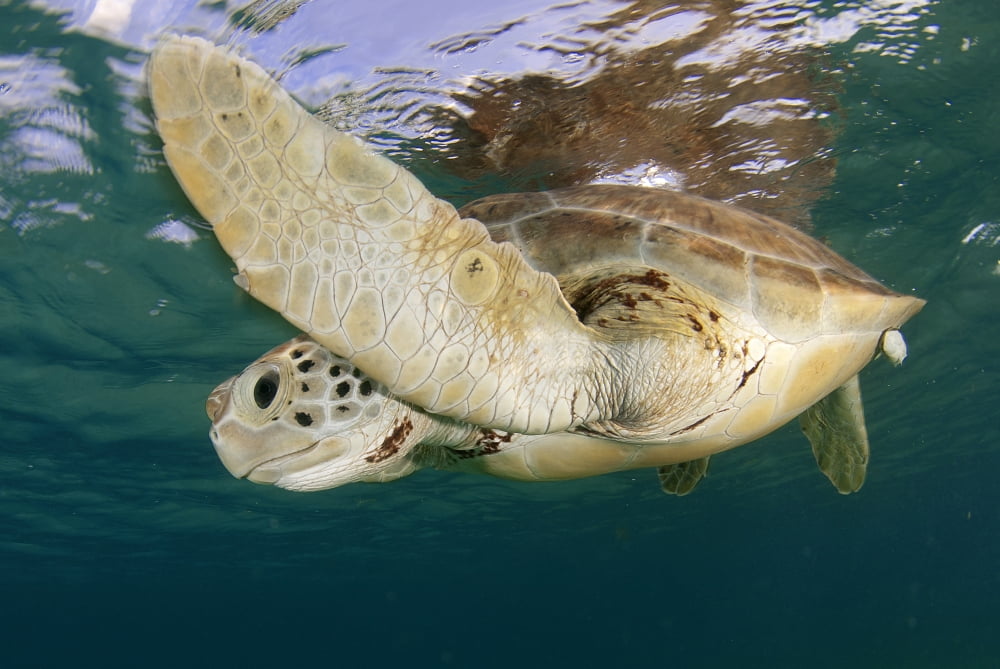


Electric blankets should never be used as they will overheat a reptile. Caution should be exercised to avoid placing electrical heating elements beneath the patient as fluid leakage may cause an electrical short and subsequent burn. Regular monitoring of the body temperature of the turtle pre-, intra-, and post-op is important. Water circulating heating pads, hot dog heating pads, and Bair huggers set at the appropriate temperature are all options that work well. Most importantly large fluctuations in temperature during this period should be avoided. A good target temperature for pre-, intra- and post op should be approximately 80° F (26° C). Thermal support during anesthesia and recovery will result in improved drug metabolism and provide more rapid recoveries. For these reasons, whenever possible the intravenous route is preferred over SQ or IM and mask induction is not feasible. Additionally, sea turtles have physiologic dive responses (shunting of blood away from limbs and the ability to hold their breath for a significant amount of time) that will affect the uptake and removal of anesthetics. The blood circulation in a reptile is extremely variable depending on the activity level prior to anesthesia, overall health status, and especially the environmental and core body temperature of the turtle. Reptiles are ectothermic thus, all their bodily functions are dependent on environmental temperature. For these reasons, chemical restraint with analgesics is preferred for any procedure that is likely to cause pain. Additionally, increased cortisol may increase blood glucose and may suppress the immune system.

For example, catecholamine release in response to pain may increase blood pressure, heart rate, and induce cardiac arrhythmias. In addition, pain has many physiologic responses which can affect anesthesia, surgery, and healing. More subtle signs of pain may include depressed appetite and lethargy, which can be observed in a variety of other conditions that might be non-painful. Sea turtles do indeed feel pain which can manifest as withdrawal, biting, slapping, and evasive responses that can be very dangerous to both the patient and handlers attempting to restrain the animal. Anesthesia is defined as a general or local insensibility to pain this loss of feeling permits performance of surgery and other painful procedures. Analgesia is defined as the inability to feel pain.


 0 kommentar(er)
0 kommentar(er)
